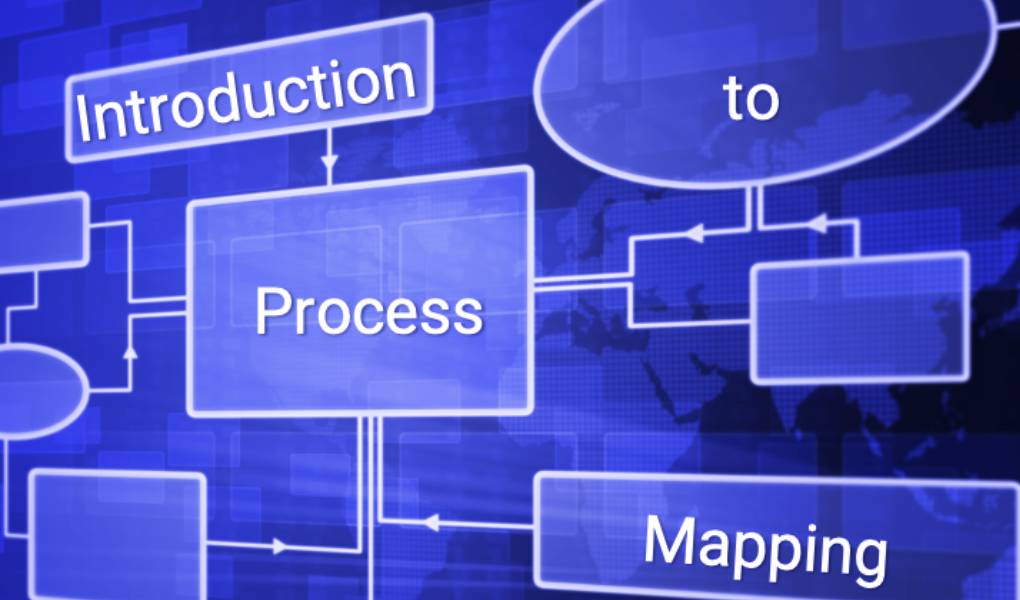What Is a Process Map?
Just as there are relationships between business activities and their processes, this relationship is considered the company’s process map. These maps must be clear and concise to fulfill their objective: to obtain an overview of everything that happens within the company.
First of all, the most important thing is to understand what the processes are. Processes are understood as a collection of activities and tasks that together transform inputs into outputs, providing a solution to future and present problems within a company.
So, the process map of a company or organization is defined as a value diagram that combines the local and global perspectives of an organization. Therefore, its development must be established on the position and performance of the processes with strategic and corporate objectives. Consequently, the goals must be identified and prioritized clearly and concisely from the beginning. In a few words, the aim was to better understand the functioning of the activities and processes in which the company participates, paying particular attention at all times to the fundamental aspects.
How To Make a Process Map of a Company?
Indeed some of the first questions that come to your mind are: is it challenging to make a process map of a company? Or is it costly? And the answer is no. On the contrary, creating, implementing, and controlling a process map is easy as long as it has a defined order and is presented in the most straightforward way possible. To achieve a clear and concise process map, we must follow the following steps:
Identify the users who are going to intervene in it.
What are considered users? Users are defined as companies, institutions, or people who are part of the company.
Establish the vision and mission of the company and its services
After this, we define where to start and where we want to go with the activity that we are carrying out.
Elaborate on a group of interest toward which we go
We will have to define the needs and expectations of the clients or users we seek to capture.
Define the operating line
For this, it is necessary to answer what the company is dedicated to.
Identify supporting processes
We refer to the different processes that the project needs to be fully developed.
Establish strategic processes
As strategic processes are considered all those processes that refer to the management of the company, such as accounting, and marketing, among others…
Development and organization of tasks
This point is based on exhaustively explaining the processes we will carry out, describing each one of the activities and tasks that are part of each process so that it is possible to establish and demonstrate an order of tasks.
Map processes
Finally, we will have to carry out the graphic representation of the map with all the processes and the relationships between them so that, at a glance, it is clear what the function of each method is and its importance for the development of the activity.
Process classification
In the process map, we will analyze each of the processes that we will classify below based on three categories and link the operations between them:
Operational processes
They are the processes the company supports for the performance of the business object.
Strategic processes
They position the system towards continuous improvement.
Support processes
The processes mentioned above are based on this process and give coherence to the whole.
The operational processes will be located in the center of the map and, on the sides, the strategic and support functions, highlighting their support to the rest of the processes. In addition, the operational procedures must be located from left to right to quickly go through the processes followed by the company and facilitate its service or final product to the customer.
Process types
In all companies, there are three types of processes, each one adapting to the needs of each case:
Strategic processes
These processes correspond to the management and direction positions. Therefore, they are the processes of great strategies considering the rest of the activities and processes with a vision to support decision making, strengthen the operation of the business, and help improve the customer experience.
key processes
They pursue the satisfaction of needs. We find users involved in commercial strategies, logistics projects, and supply chains, among others… The development of this process must be incredibly meticulous, identifying each process towards the provision of the product or service to the client and drawing a line that leads us to its starting point, revealing tasks, threads, and activities, which are directly or indirectly in its hands.
Complementary or support processes
These types of processes complement the critical process. They are minor processes from the corporate and strategic point of view, but even so, they largely condition the performance of superior techniques, determining their success or failure. Among these types of processes, we can mention operations and activities related to the supply of primary materials, tools, applications, and computer equipment or staff training.
